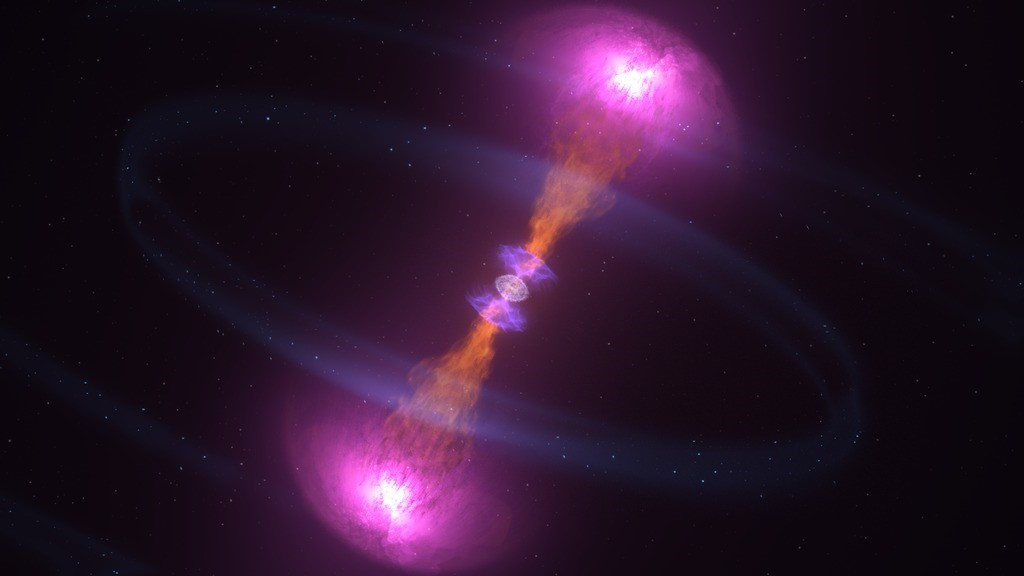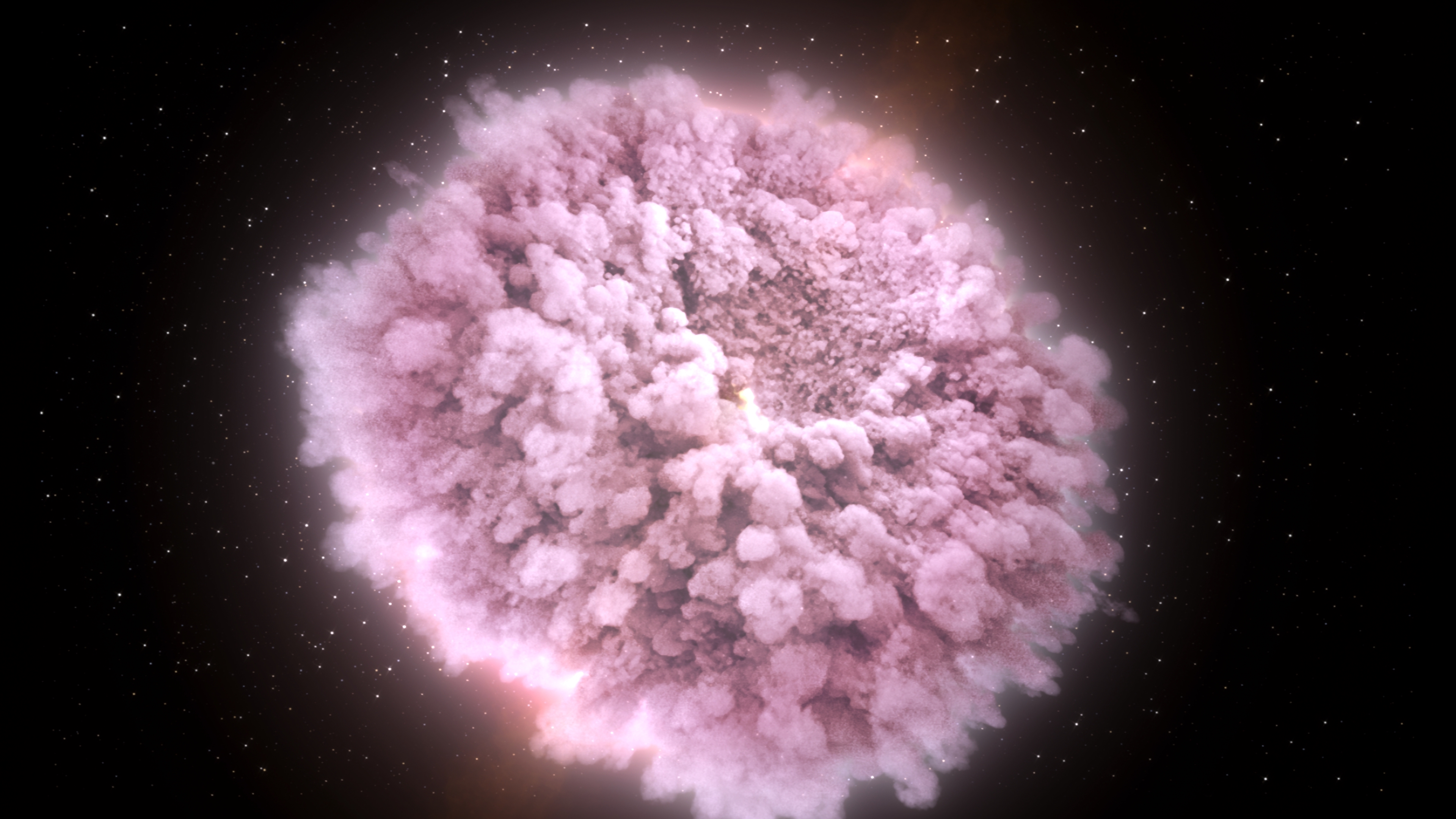
263 views The Largest Collision Observed in the Universe: gw170817 Kilonova
It took us a long time to advance from the period when everyone thought Earth was the only planet in the universe to the point where we finally figured out that our planet was in fact merely one of the 100 billion. Thanks to advanced technology and interdisciplinary studies, we are moving impressively fast on the path of understanding the universe.
About a year ago, LIGO’s Laser Interferometer Gravitational-Wave Observatory detectors in Hanford and Livingston (in USA), and the Virgo detector in Italy recorded gravitational waves. Just two seconds later, NASA’s Fermi Gamma-ray Space Telescope recorded a gamma-ray burst. In the following hours, scientists from all over the world, along with detectors and telescopes located in 70 different locations on Earth and in space, captured gravitational wave signals and blasts of light from a single cosmic event – all of them together, for the first time.
Animation showing two neutron stars merging, known as GW170817 Kilonova (NASA Goddard Space Flight Center/CI Lab)
This marked the first simultaneous detection of a cosmic event via multiple signals, both gravitational waves and bursts of light. This spectacular event of last year has already helped in providing answers to a number of scientific questions and in proving theories.
Galaxies, black holes, supernovas, neutron stars and many other celestial bodies collide and merge -by the nature of the universe. Although a merging of two neutron stars, or a kilonova, was observed from the Earth in 2017, scientists figured out that the event itself happened 130 million light-years away (while dinosaurs were still wandering around the Cretaceous Earth), near galaxy NGC 4993.
Animation showing the effect of gravitational waves on Earth (R. Hurt, Caltech/MIT/LIGO Lab)
The detection of a merging pair of neutron stars, a kilonova, on August 17th last year is regarded as one of the milestones in the history of astronomy.
This largest collision as has yet been able to observe in the universe provided the astronomers a unique spectacle as it comprised visible material like the gamma rays and X-rays. LIGO had already recorded gravitational waves from merging black holes four times in the past years, but this merging was more than just a pretty show. It also helped prove the accuracy of some important theoretical models.
The most important of these is the Einstein’s Theory of General Relativity, which predicts that gravitational waves of large moving bodies can alter and bend spacetime, and this creates light-years mobility in space just like waves on the surface of a calm lake. The waves, reaching the Earth and being detected by the scientists, are these very gravitational waves, predicted by Einstein –thus proving another basic theory put forth by him about 100 years ago. The fact that there was only a difference of 2 seconds between the waves from the Kilonova and light also proved Einstein’s theory predicting gravitational waves and light have the same speed.
Animation showing two neutron stars merging, known as GW170817 Kilonova (NASA Goddard Space Flight Center/CI Lab)
Observing this collision provided information on years mobility phenomena including the structure of neutron stars, the behaviour of matter that make up the stars, the events that occur when they collide, the origin of gamma-ray bursts, and the rate of expansion of the universe. It also brought up new questions, such as “What happened to all the matter that didn’t explode in GW170817”? While it is known that 5 per cent of neutron stars yield heavy elements during the explosion, nobody knows what happens to the remaining 95 per cent. It is predicted that they form either a neutron star with a high mass or a black hole with a low mass.
Researchers estimate that an explosion of this scale, which can be detected by gravity waves, can be observed every 50 years and that the next explosion may possibly belong to a collision of a black hole and a neutron star, or a supernova. While the Kilonova will continue enlightening astronomers and astrophysicists in the following years, they will be keeping watch by their detectors and telescopes for the signals of a new collision that may happen any time in space.
REFERENCES
- 1. http://www.spacetelescope.org/images/heic1717b/
- 2. https://www.nasa.gov/feature/goddard/2016/hubble-reveals-observable-universe-contains-10-times-more-galaxies-than-previously-thought
- 3. https://www.space.com/25303-how-many-galaxies-are-in-the-universe.html
- 4. https://www.ligo.caltech.edu/mit/news/ligo20180817
- 5. https://www.space.com/22180-neutron-stars.html
- 6. http://space.mit.edu/LIGO/more.html
- 7. https://www.popsci.com/neutron-star-gold#page-3
- 8. https://www.ligo.caltech.edu/mit/news/ligo20180817https://phys.org/news/2018-05-spectacular-neutron-star-merger-gravitational.htmlhttps://www.symmetrymagazine.org/article/rising-stars-of-multi-messenger-astronomy

